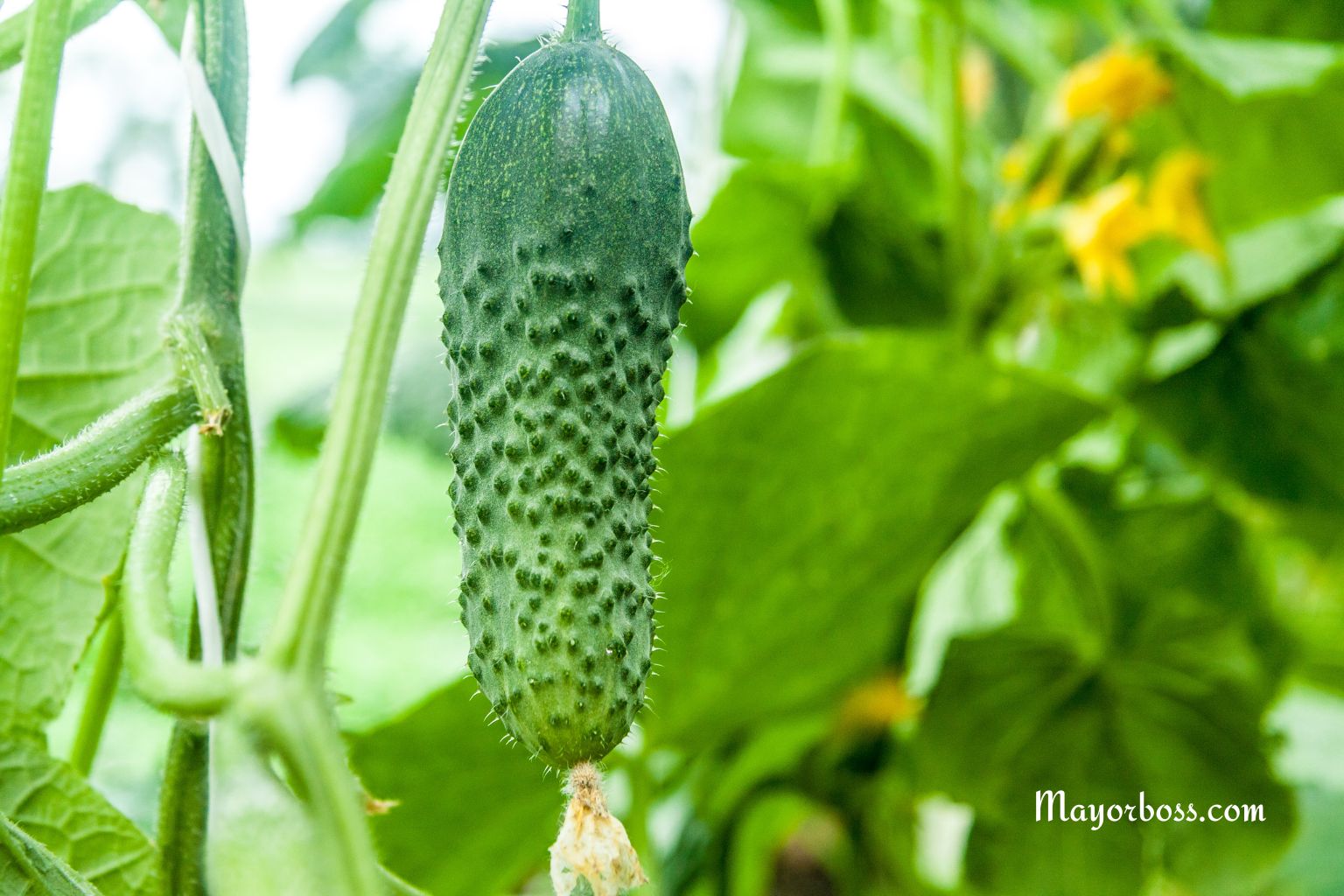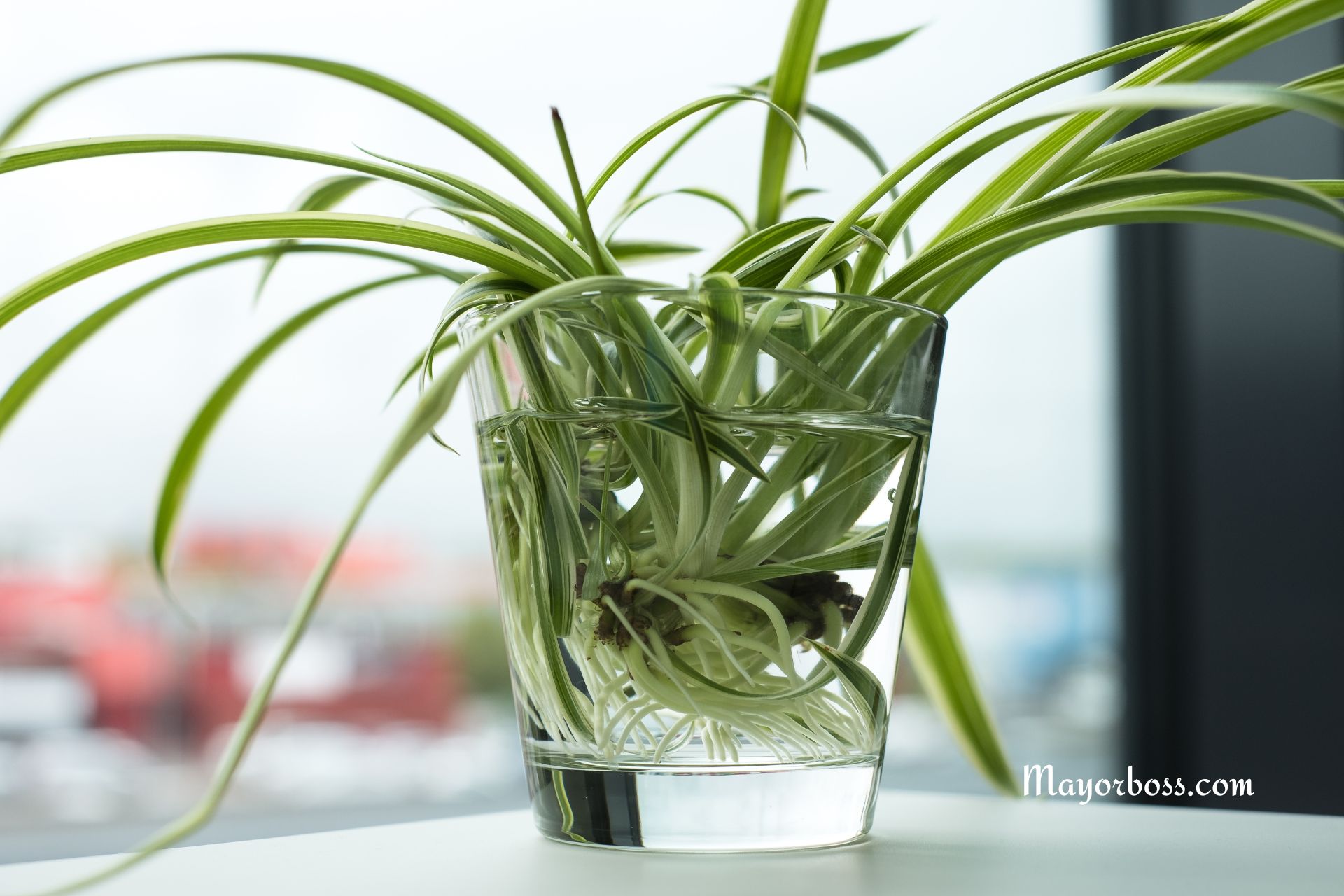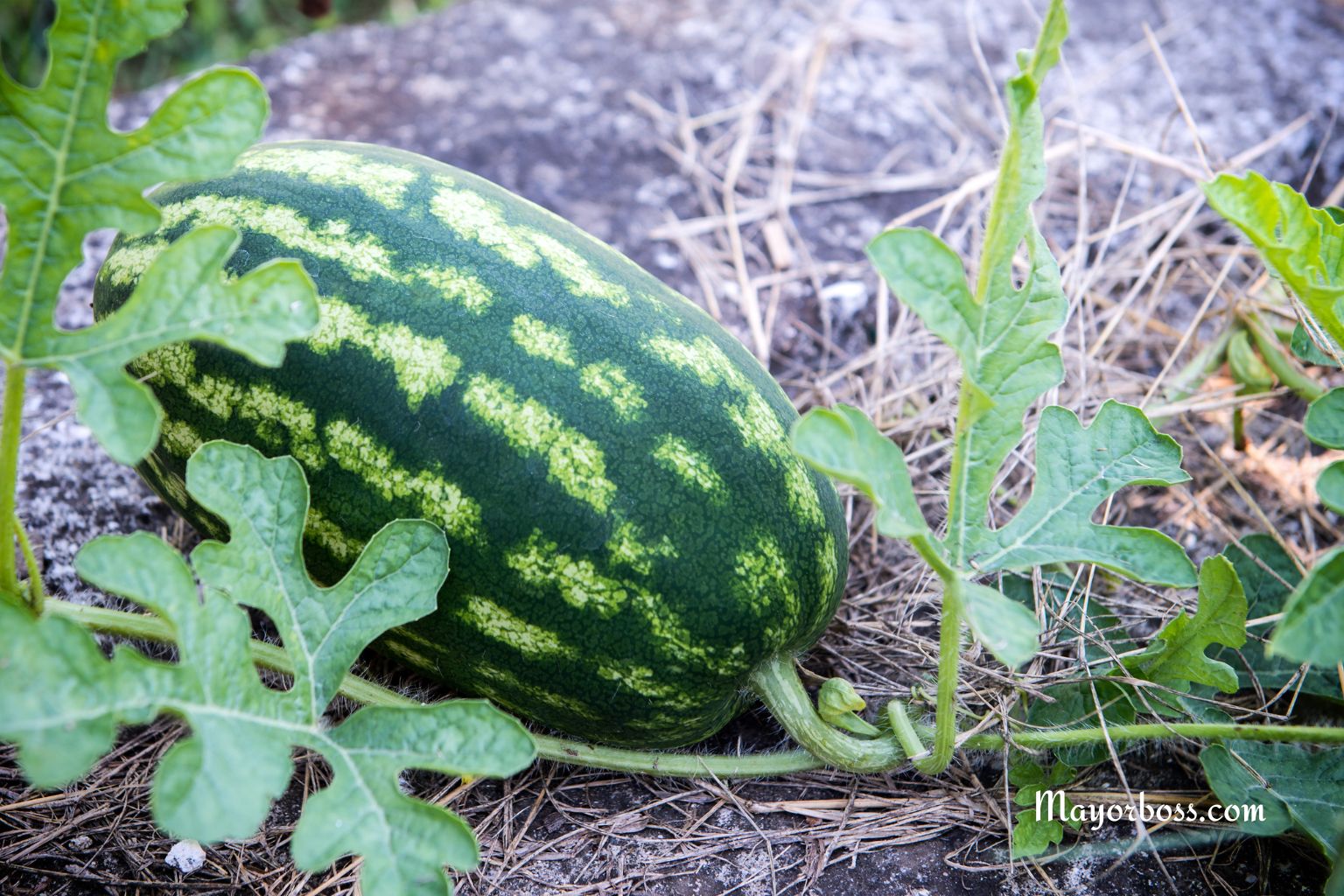What to Plant Near Cucumbers to Increase Yield Up to 4 Times
Cucumbers thrive when they have the right neighbors in the garden. This technique is called companion planting, and it’s been used for generations to naturally boost plant health, productivity, and pest resistance. If you want to increase your cucumber yield—sometimes by as much as four times—choose the right companions.
Here’s what to plant near cucumbers to help them grow stronger, faster, and more abundantly.

1. Radishes
Radishes help repel cucumber beetles, one of the most damaging pests for cucumber plants. These beetles chew on leaves, stems, and roots, weakening the plant and reducing yield.
Plant radishes nearby or interplant them between cucumber rows. They germinate quickly and can act as a trap crop, drawing pests away from cucumbers.
2. Beans
Beans, especially bush or pole varieties, are legumes. That means they fix nitrogen in the soil—a nutrient cucumbers need for vigorous vine growth and fruit development.
Cucumbers will benefit from the nitrogen boost as the beans enrich the soil. Just be sure to give both plants enough space and sunlight.
3. Corn
Corn grows tall and can serve as a natural trellis for vining cucumber varieties. It also offers dappled shade, which can help protect cucumber vines during extreme summer heat.
The shade helps reduce stress on cucumber plants, keeping them productive during hot spells. This can prevent bitter-tasting fruit and early plant burnout.
4. Sunflowers
Sunflowers attract bees and other pollinators to your garden. Since cucumbers need pollination to form fruit, nearby sunflowers can improve pollination rates and result in more cucumbers per plant.
Plant sunflowers at the garden’s edge or behind cucumber rows to avoid shading them too early in the season.
5. Nasturtiums
These cheerful flowers are more than just pretty—they repel aphids, whiteflies, and cucumber beetles. Their strong scent confuses pests and keeps them away from cucumbers.
Nasturtiums also help improve the soil and can act as a ground cover to retain moisture and suppress weeds.
6. Marigolds
Marigolds release a compound (α-terthienyl) in their roots that can suppress nematodes and other soil-borne pests. They also help repel squash bugs and aphids.
Surrounding your cucumber patch with marigolds creates a natural barrier that protects plant roots and keeps pests at bay.
7. Carrots
Carrots grow deep into the soil, helping to naturally loosen and aerate the ground around your cucumber plants. This improves drainage and allows cucumber roots to expand more freely.
They don’t compete heavily for nutrients and can be planted nearby without crowding. Their vertical growth also makes them space-efficient, giving cucumber vines room to spread above ground.
8. Dill
Dill draws in ladybugs, hoverflies, and lacewings—all natural predators of aphids and spider mites. These insects help control pests without the need for sprays.
Dill also improves the flavor of nearby vegetables, and it won’t compete heavily for nutrients.
What to Avoid Planting Near Cucumbers
Not all plants are good neighbors. Some can reduce cucumber growth or attract harmful pests.
Avoid planting cucumbers near:
- Potatoes – Compete for nutrients and may spread diseases.
- Sage – Can stunt cucumber growth.
- Melons or squash – They share similar pests and diseases, increasing the risk of an outbreak.
- Aromatic herbs like rosemary and mint – These strong herbs may repel pollinators and take over space quickly.
Final Tips to Maximize Your Cucumber Yield
- Rotate crops yearly to prevent disease buildup.
- Water regularly, especially during fruit development.
- Mulch around plants to retain moisture and reduce weeds.
- Harvest cucumbers often to encourage more production.
With smart companion planting, you not only reduce your need for pesticides and fertilizers, but you also create a healthier, more productive garden. Surround your cucumbers with the right plants, and you could see your harvest increase up to four times.






